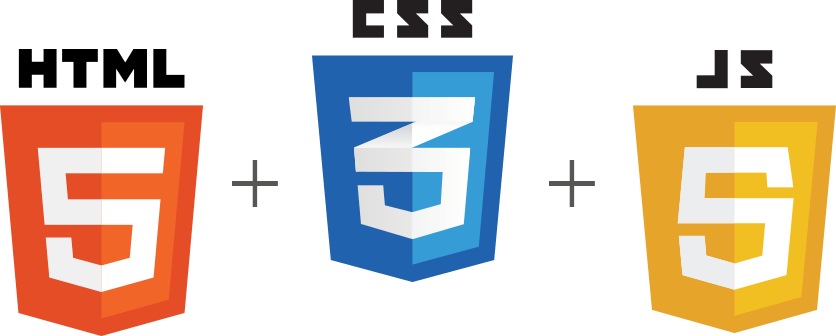Bgroho Insights
Your daily source for news, tips, and inspiration.
Dancing with CSS: A Front-End Developer's Journey
Unleash your creativity in web design! Join us on an exciting journey of mastering CSS and transforming your front-end skills.
Mastering CSS Animations: Tips and Techniques for Front-End Developers
CSS animations can significantly enhance the user experience by bringing static websites to life. Mastering CSS animations requires a solid understanding of key concepts such as transitions, keyframes, and timing functions. For front-end developers, being proficient in these techniques opens up a world of creative possibilities. To get started, consider the following fundamental tips:
- Use transitions for smooth changes between CSS states.
- Leverage @keyframes to create intricate and custom animations.
- Optimize performance by minimizing the use of heavy effects on large elements.
Moreover, it's essential to maintain a balance between aesthetics and functionality when implementing animations. Overuse can lead to distractions or even hinder usability. To ensure your animations are effective, keep these principles in mind:
- Always prioritize user experience - animations should enhance, not detract.
- Use consistent timing and easing functions to create a harmonious feel.
- Test your animations across various devices to ensure compatibility and performance.

Common CSS Styling Pitfalls: How to Avoid Them on Your Journey
When it comes to CSS styling, many developers stumble upon common pitfalls that can hinder their design process. One of these is over-specifying selectors, which can lead to unnecessary complexity and specificity wars in your stylesheet. To avoid this issue, focus on using class selectors that are semantic and reusable. Additionally, consider adopting a methodology like BEM (Block Element Modifier) to maintain a clear structure in your styles. This approach not only helps in avoiding selector clashes but also makes your code more maintainable as your project grows.
Another frequent mistake is neglecting responsive design, which can render your website unusable on various devices. To combat this, implement CSS media queries effectively to adapt styles based on different screen sizes. For instance, you might use a simple media query like this:
@media (max-width: 768px) {
body {
font-size: 14px;
}
} This adjustment ensures that your content remains accessible and visually appealing across all platforms, thus enhancing the overall user experience.
How to Create Responsive Layouts with CSS Flexbox and Grid
Creating responsive layouts is essential for modern web design, and with CSS Flexbox and Grid, this task becomes much easier. Both CSS Flexbox and CSS Grid are powerful layout modules that allow you to create complex and flexible web designs without relying on floats or positioning. To get started with Flexbox, you can use properties like display: flex, flex-direction, and justify-content to control the alignment and distribution of elements within a container. Here's a simple example:
- Set the container's display to flex.
- Define the direction of the flex items.
- Adjust the alignment as needed.
On the other hand, CSS Grid allows for even more control over layout, enabling you to create two-dimensional layouts with rows and columns. With properties such as display: grid, grid-template-columns, and grid-template-rows, you can design responsive grids that adjust seamlessly to different screen sizes. Consider utilizing media queries to change the grid layout depending on the viewport dimensions, creating a truly responsive experience for users. Combining Flexbox and Grid can lead to an even more robust design system, allowing you to adapt your layouts with greater flexibility.